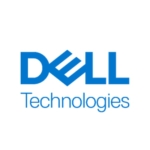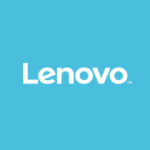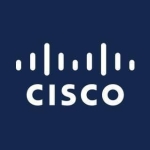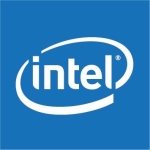I am happy with the performance. Now that we are moving to Linux on Power, I'm really surprised at how fast it is, compared to AIX, seeing them side by side. Linux doesn't have all of the wrapping around it that AIX does to provide various security measures and things of that nature, so it can run much faster.
The improvements that I would like to see are probably the same as what everyone else wants, more speed, less electricity and less HVAC required to run it.
We have been using POWER8 since it came out in 2014. We are using POWER8 and POWER7. We are really off of six at this point. I am just waiting for POWER9 now.
Well, from what I have done with it, it's pretty nice and very easy to do all that.
Excellent, really excellent. They try really hard to make sure the tech guys who are going to do the service and support are brought up to speed before it goes out and hits the market. Although they can only go so far with that and some things just have to be learned once it's out in the field, it's pretty impressive how ready they are when it hits the market.
Upgrading the hardware from one version to another was pretty simple but the software, not so much.
This doesn't really apply to me, but I certainly think the customers are seeing ROI in their move from seven to eight. I don't know anybody who moved to eight and said, "Darn, I wish I had stuck with seven." They seem to be pretty happy and that's usually the best measure, right?
I didn't get to choose, it's the platform that I was given to work on. But if I had to choose, I'd probably choose Power anyway. I like that it's not Intel because we have a monoculture in CPU's.
We are on AIX and we're starting to move to Power Linux. That's new for us this year. It's marketing requirements. The customers are voting, they are requesting it.
The UNIX market, in general, is shrinking and Linux is not considered UNIX. I'm not sure it's so similar, but it's a different kernel. They don't want to go to Windows either, so you're running out of choices so they move to Linux. If we want to stay viable, we have to do that as well.
AIX will always have a spot. If you look at the history of all the problems with these platforms, Linux, in its young life, already has way more than AIX. If that's your thing, if you want it to be rock solid, then you are going to stick with AIX forever, as long as you possibly can. But a lot of people are making the jump, a jump into Linux. We are jumping too.
The Open Power Foundation has brought about advances by introducing new ideas. As I mentioned earlier with the monoculture thing, you get the same group of people who work on these things forever and they are really smart, they get out and they read books, and they get all the information they can, but you really need that stimulus from outside. You need to come to conferences, you need to get around and involved with more people. That is why Opensource works so well. It's the same idea. You need that diversity of opinion and thought to really get the best out of it. I think if we are going to see really big leaps forward on the Power platform, it's going to come from that.
I definitely think that IBM is a market leader in the server sector. I think what they need to do is stick with the open approach that they have adopted over the years. That is really the only way that works anymore. I think the days of enterprise companies being completely closed are just about gone and I'm glad they are. You just get so much better work out of the community.











